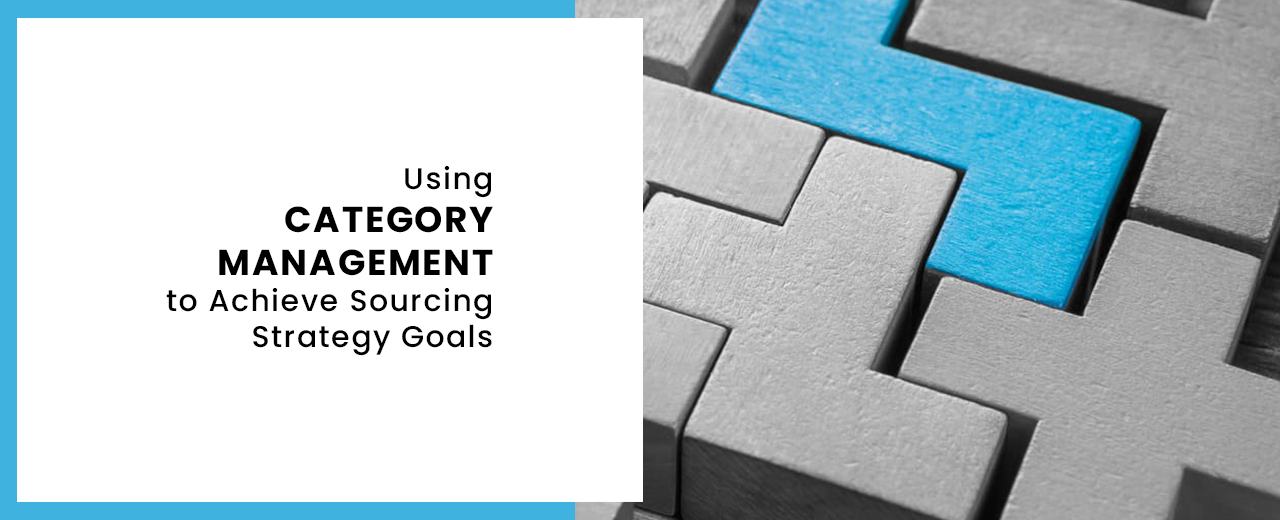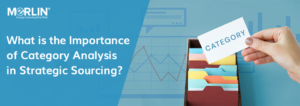Table of Contents
ToggleTable of contents
In any business, procurement is the function that manages one of the largest expenses in an organization-Goods and Services spending. The spending can be for daily business activities, investment in long-term assets, or even office equipment.
Imagine a shoe manufacturing company. They get orders from big brands across the world. To make the order processing simpler, the management decides it’s best to open three different factories. One to process orders from Europe, one from Asia and one from North America, each is managed locally by a General Manager. Each GM is responsible for handling the sourcing needs of their own factories.
Assume that stationery is required in the factories. Even though it is a requirement, it is not a priority as far as the managers are concerned. Suppliers know that the GM is not going to waste his time looking at stationery deals. So, they quote higher prices and get quick orders. They can do this three times for three factories and get a good profit. And the shoe company does not know that they just overpaid for some pencils and notepads.
Regardless of the purpose, an organization must have a strategy in place to ensure that the spending does not get out of hand. And this strategy involves segmenting the goods and services into groups based on their functions. This segmenting process is called category management.
In order to have a sustainable sourcing strategy, companies should have a structured approach to Category Management. If the supplier wants to sell stationery to the company, they must go through one person (or group of persons in case of very high volumes or complexity). This person has a good understanding of the category and can achieve an optimal price/value for these goods or services. This way GM’s can focus on their priorities and the company can save time and money.
The scenario above explains the situation of buying stationery. The shoe company would have been able to save some money on stationery. Imagine how much can be saved by implementing the same process in larger spending areas, like industrial products or shipping. And remember, each penny saved is adding to the profit of the company.
What is Category Management?
Category Management is a business process in the purchasing function, grouping similar products into a single category or unit, and then making procurement decisions based on an integrated strategy for that category. The grouping is done in such a way that the goods and services are arranged in discrete categories depending on the functions of the goods and services.
A category in this context can be defined as the grouping of materials or services that have similar supply and usage features. Areas of management that use category management software are as follows:
- Human Resources
- Professional Services
- Travel and Entertainment
- Transport
- Medical
- Industrial
- Information Technology
- Security
Why Category Management?
A category is essentially a cluster of similar items that the company wishes to purchase. The role of management is to apply the right procurement strategy to manage spend across different categories more efficiently. The primary objective is to simplify and consolidate demand and take a higher volume / longer duration contract to the market. This can help businesses identify key value categories, increase category sales volume, and reduce organisational spend to manage cost-efficiently and thereby contribute to profit maximisation.
The basic principle is that all merchandises and purchases are not of equal importance as they may not contribute to revenue generation in the same manner. Some items may be trending in the market but it may not contribute to the profit margin of the company. The process of category management sheds light on areas of expenditure and gives insights to the company to reorganize its procurement process. And to avoid wasting time on manually categorizing, it is better to implement a category management solution to do it for you.
How does it help Strategic Sourcing?
Businesses are always on the lookout to cut costs. Strategic Sourcing gives them this advantage. It is a process that helps an organization identify its spend profile and supplier base to align its sourcing strategies and suppliers to the business requirements. Category Management when implemented in the sourcing process helps to identify savings potential and generate value beyond the traditional means of finding a supplier on a transactional basis. It ensures that the buyers have more room for negotiations in the quotes submitted by the suppliers.
The category management process also allows organizations to benefit from volume discounts because similar products are often provided by the same supplier. And if more than one set of people in the same company wants similar products, the buyer can get volume discounts by ordering in bulk from the same supplier.
Studies have shown that over 35% of the savings that arise out of negotiations never tend to be materialized. This is simply because organizations treat strategic sourcing and category management as the same. To be able to materialize savings, businesses need to give equal importance to procurement, logistics, inventory, and accounts management.
Strategic Sourcing + Category Management= Strategic Category Sourcing.
Definition wise the two concepts are distinctive in their own way. But the two go hand in hand providing a quid pro quo. Strategic category sourcing does add value. But in order to ensure that there is a continuous value add, the strategy has to be followed through the life of the business.
Two birds with one stone:
Businesses make mistakes. But they learn from them too. And unnecessary spending is not a mistake that a business can afford to make twice. Literally.
So, when it comes to spending and getting the resources needed for business functions, it is essential to follow a strategy. That strategy involves finding the right fit or in other words the right supplier to source your needs. And to make sure that the supplier does not take advantage of your company’s good nature, it is important that you keep a watch on them always managing your suppliers based on categories and evaluating their performance throughout the suppliers’ lifecycle is a critical factor in building strategic partnerships and optimizing the value delivered from the supply base.
MeRLIN is a procurement management software providing a platform for strategic sourcing. It is equipped with the right tools for automation of end-to-end sourcing activities with effective category management and analytics to help you make the right sourcing decisions based on real-time procurement data. MeRLIN is an integrated strategic sourcing software equipped with the Category Management feature that helps improve visibility and transparency across your categories and take a strategic approach to your procurement function, make informed decisions and maximize value. Watch the video to know more about Category Management using MeRLIN.







2 comments
An interesting article with great deal of useful information. Thanks for sharing.
Thanks for your comment. We are glad that you find this post useful and interesting!